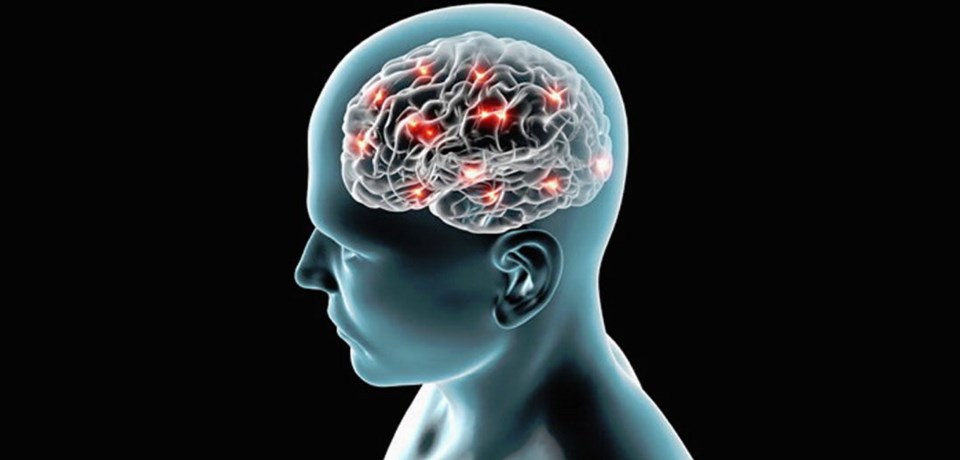You’re reading and making sense of these words. It’s such a common, everyday thing, but something remarkable happened earlier in your life to make this possible.
Humans are the only species known to read and understand words in novel and complex combinations. In recent years, researchers have started lifting the hood on our noggins to see what happens to our neural machinery when we learn to read.
Scientists have known for decades that reading and comprehension involve many parts of the brain. For example, the temporal lobe, around the ear, processes sound patterns and pronunciation in speech and decodes and discriminates among sounds. The frontal lobe behind the forehead governs speech production and language comprehension. The parietal lobe, at the top-rear of the head, links different parts of the brain so that letter shapes can be put together to form words.
As brain-scanning technology has improved over the past decade, scientists have used it to crack open the cranium’s black box and track how the process of learning to read and understand what is written changes the brain’s physical structure and signalling pathways. Their studies reveal complex interactions between environment, learning and innate ability that shape the brain and how it works.
All writing systems encode spoken language. Learning to read requires the reader to break the code for their language.
The system for English is based on the Western alphabet. To crack the alphabet code for English, a beginning reader must map each of the letters to its various possible sounds — a process called phonics. She learns the various pronunciation permutations of letters and letter combinations, and comes to understand the formal and unspoken rules that govern pronunciation and spelling — a suite of abilities that pointy-headed people call phonological processing.
Cracking the code is just the first step to being able to read. Once a reader has decoded the alphabet-speech connection, she must then build her skills of reading and instantly recognizing entire words, and of understanding what she is reading.
Brain scans of children before and after they’ve started to read English indicate the importance of the phonics-based learning approach. Stanford University researchers found that the brains of beginner readers who focus on the letter-sound relationships of phonics show increased activity in the brain regions best wired for reading — the areas on the left side of the brain that are associated with visual and language processing.
This strong left-brain engagement during early word recognition is a hallmark of skilled readers. It typically is lacking in people who struggle with reading.
In a 2014 study that followed first-graders for two years, scans showed the brains of kids who became the most proficient readers started with increased grey matter in the left-brain areas associated with speech processing. Then, as the kids improved their reading skills, they started to use their neural networks more efficiently, relying less on sounding out every word. As a result, the brain regions associated with letter-sound mapping shrank in size.
Another study tracked five- and six-year-olds over three years. Scans taken at the study’s end revealed that the brain area most changed by the kids learning to read was the left-brain region where phonological processing, speech and reading are centred. The changes included significant increases in white-matter signalling pathways. The changes again suggest greater processing efficiency within the brain as reading ability increased.
Brain scans in other studies show that strong readers have strong signals along these neural-signalling highways that get stronger and stronger as reading skill advances. Scans of brains of weaker readers show the opposite pattern.
The key lesson to take away from these peeks under the human lid is that our brains are malleable. They can adapt to demands made on them to learn new skills and develop new processing abilities.
According to reading and brain scientists, this means that — barring learning disabilities — reading success depends on amount of effort put in. If a kid works hard to crack the alphabet code and then reads broadly, adventurously, extensively and often, her reading and comprehension skills will steadily improve. She will grow up to become a great reader.



